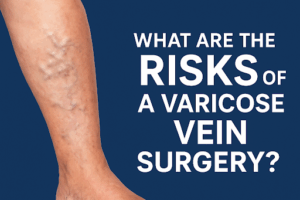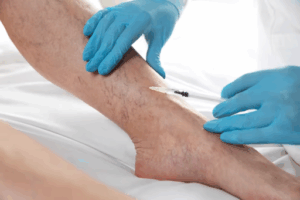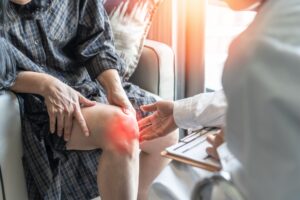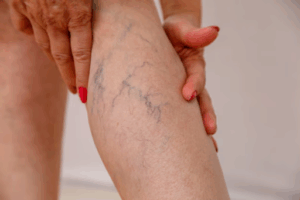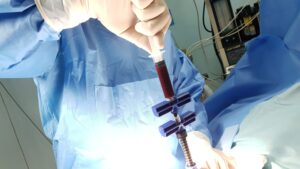Venous insufficiency, a condition where veins in the legs fail to efficiently return blood to the heart, can lead to symptoms such as swelling, pain, and varicose veins. This common circulatory issue affects many people and can significantly impact their quality of life. Fortunately, several effective treatments are available to manage and alleviate symptoms. In this article, we will explore the top five methods for treating venous insufficiency.
1. Compression Therapy
Compression therapy is a cornerstone in the treatment of venous insufficiency. It involves wearing specially designed stockings or bandages that apply pressure to the legs, helping to improve blood flow and reduce swelling. These garments come in varying degrees of compression, which are chosen based on the severity of the condition. Regular use can alleviate symptoms, prevent the progression of the disease, and even enhance the effectiveness of other treatments.
2. Lifestyle Modifications
Lifestyle changes play a crucial role in managing venous insufficiency. Patients are encouraged to maintain a healthy weight, exercise regularly, and avoid prolonged periods of standing or sitting. Elevating the legs when resting can also aid in reducing swelling. These modifications not only help in relieving symptoms but also prevent the condition from worsening. Regular physical activity, such as walking or cycling, promotes healthy circulation and strengthens the calf muscles, which assist in pumping blood back to the heart.
3. Sclerotherapy
Sclerotherapy is a minimally invasive procedure used to treat varicose veins and spider veins associated with venous insufficiency. During the procedure, a sclerosant solution is injected into the affected veins, causing them to collapse and eventually fade away. This treatment is particularly effective for smaller veins and can significantly reduce pain and discomfort. It is usually performed in an outpatient setting, with patients resuming normal activities shortly after.
4. Endovenous Laser Therapy (EVLT)
Endovenous Laser Therapy (EVLT) is a modern technique that uses laser energy to close off affected veins. The procedure involves inserting a thin laser fiber into the vein under ultrasound guidance. The laser heats the vein walls, causing them to collapse and seal shut. Over time, the treated vein is absorbed by the body. EVLT is highly effective, minimally invasive, and has a short recovery period, making it a popular choice for treating larger varicose veins.
5. Vein Stripping and Ligation
For severe cases of venous insufficiency, particularly those involving large varicose veins, vein stripping and ligation may be recommended. This surgical procedure involves tying off (ligation) and removing (stripping) the affected vein. While more invasive than other treatments, it is highly effective for cases where less invasive methods are not sufficient. Advances in surgical techniques have made this procedure safer and recovery times shorter than in the past.
Conclusion
Venous insufficiency is a manageable condition with a variety of effective treatment options available. From non-invasive methods like compression therapy and lifestyle changes to advanced procedures like sclerotherapy and EVLT, patients have multiple avenues to alleviate symptoms and improve their quality of life. If you are experiencing symptoms of venous insufficiency, consult a healthcare professional to determine the best treatment plan for your need



